Author | Zhongyan Puhua Industrial Research Institute
Recommended Report |“In-Depth Research and Development Prospects Analysis Report on the Automotive Semiconductor Market from 2025 to 2030”

With the rapid development of the global automotive industry, especially the rise of new energy vehicles and intelligent connected vehicles, the automotive semiconductor market has ushered in unprecedented growth opportunities.
First, Industry Status: A Trillion Market Accelerating Reconstruction, Localization Rate as a Key Variable
According to the data released by Zhongyan Puhua Industrial Research Institute in the“In-Depth Research and Development Prospects Analysis Report on the Automotive Semiconductor Market from 2025 to 2030” shows that the global automotive semiconductor market size quickly rebounded after the impact of the 2020 pandemic.
In 2021, it grew by 31.5% year-on-year to $46.7 billion, and is expected to exceed $68.2 billion in 2023. Although it may slightly decline to $65.4 billion in 2024 due to supply chain adjustments,it is expected to return to a growth trajectory in 2025, with the market size likely reaching $114 billion by 2030, achieving a compound annual growth rate (CAGR) of 9%.
As the world’s largest market for new energy vehicles, China’s automotive chip market is expected to reach 85 billion yuan in 2023, surpass 90.5 billion yuan in 2024, and possibly exceed 130 billion yuan by 2030, accounting for nearly 30% of the global share.
In-Depth Market Structure Analysis
In terms of application fields, control chips (MCU, AI chips) account for 27.1%, sensor chips 23.5%, and power semiconductors 12.3%.
Among them, power semiconductors benefit from the popularization of the 800V high-voltage platform in new energy vehicles, with the global market size for automotive SiC (silicon carbide) expected to reach $6 billion by 2025, with BYD and Starpower holding 60% of the domestic market share.
MCU chips are seeing a surge in demand from smart vehicles, with the per vehicle usage increasing from 70 chips in traditional fuel vehicles to over 300 in smart vehicles, and the Chinese MCU market size is expected to reach 62.5 billion yuan by 2024.
Competitive Landscape: International Giants Dominate, Domestic Enterprises Break Through
The global market is highly concentrated, with the top five manufacturers, including Infineon, NXP, and Renesas, holding 43% of the market share.
However, Chinese companies are making breakthroughs in niche areas: BYD’s self-developed SiC module has improved the Han EV’s range by 8%; Horizon’s Journey 6 chip performance is on par with NVIDIA, with a 62.7% increase in smart driving chip shipments expected in 2024.
The localization rate of domestic automotive-grade IGBT and SiC modules has increased from 5% in 2020 to 40% in 2025, and the localization rate of line control braking has risen from 15% to 35%.
Second, Driving Factors: Triple Resonance of Policy, Technology, and Demand
Policy Dividend Release
At the national level, policies such as the “New Energy Vehicle Industry Development Plan” and the “National Automotive Chip Standard System Construction Guide” have been introduced, clearly setting a target for the localization rate of automotive chips to reach 70% by 2025.
Local policies, such as Chongqing’s “Intelligent Connected New Energy Vehicle Parts Industry Cluster Enhancement Plan,” focus on the research and development of third-generation semiconductors, while Shanghai’s integrated circuit design park has formed an integrated ecosystem of “design-manufacturing-packaging and testing.”
Accelerated Technological Iteration
Architectural Innovation: Distributed ECUs are upgrading to domain controllers, with Huawei’s MDC platform supporting L4-level autonomous driving, and by 2025, China is expected to dominate 75% of the global demand for domain controllers.
Breakthroughs in third-generation semiconductors: Tianjin Kehe’s 6-inch SiC substrate costs have decreased by 30% compared to 2023, and BYD’s self-developed SiC module has achieved a production yield of over 95%.
AI Reshaping the Industry Chain: The penetration rate of generative AI in in-car voice assistants exceeds 50%, and the iteration efficiency of smart driving algorithms has increased threefold.
Demand Side Explosion
By 2024, the penetration rate of new energy vehicles in China is expected to exceed 40%, with L2-level assisted driving functions covering 35% of new cars, and the electronic cost per vehicle rising from 25% in fuel vehicles to 45%-50%. By 2030, the electronic cost of smart electric vehicles is expected to account for 50% of the total vehicle cost, with the ADAS processor market size exceeding $12 billion.
Third, Technological Trends: High Performance, Integration, and Scenario-Based
Electrification: The Golden Track for Power Semiconductors
SiC devices, with their high-temperature resistance and low-loss characteristics, have become standard for the 800V platform. By 2025, the global market size for automotive SiC modules is expected to reach $6 billion, with BYD and Starpower holding 60% of the domestic market share.
GaN (gallium nitride) devices are extending from fast charging to onboard power supplies, with Innosilicon’s 1200V products achieving over 99% efficiency.
Intelligence: The Arms Race for Computing Power Intensifies
Smart driving chips: Qualcomm’s Snapdragon Ride Flex supports L4-level autonomous driving, while NVIDIA’s Thor chip achieves a computing power of 2000 TOPS.
Cockpit chips: Huawei’s Ascend 910B and Horizon’s Journey 6 perform on par with international giants, with the installation volume of Harmony OS in vehicles expected to exceed 10 million units by 2025.
Connectivity: Accelerating Vehicle-Cloud Integration
The Yangtze River Delta region’s data-sharing platform promotes the crowdsourced updating of high-precision maps, reducing R&D costs by 20%. The penetration rate of 5G-V2X chips is expected to reach 40% by 2025, with Bosch and Huawei launching full-stack solutions supporting C-V2X.
Fourth, Industry Chain: Domestic Breakthrough from Design to Packaging and Testing
Upstream: Material and Equipment Bottlenecks
Substrate materials: Tianyue Advanced’s 8-inch SiC substrate yield has exceeded 80%, but EUV lithography machines still rely on imports, with the domestic equipment localization rate expected to be only 25% by 2025.
Design tools: Huada Jiutian’s EDA tools support 14nm processes, but high-end IP cores are still monopolized by ARM.
Midstream: Rise of Manufacturing and Testing
SMIC’s 14nm process yield is catching up with TSMC, and Changjiang Electronics Technology’s automotive-grade testing capacity has increased by 50%. However, the certification cycle for automotive chips can take 2-3 years, becoming the biggest barrier for domestic enterprises.
Downstream: Deep Binding of Tier 1 and Automakers
BYD’s vertical integration model achieves self-supply of IGBT and MCU; NIO collaborates with Horizon to develop domain controllers, shortening the R&D cycle by 30%.
Fifth, Investment Hotspots and Risk Warnings
High-Value Tracks
Smart driving: LiDAR (Hesai Technology), domain controllers (Desay SV), 4D millimeter-wave radar.
Third-generation semiconductors: SiC substrates (Tianyue Advanced), GaN devices (Innosilicon).
Software ecosystem: Harmony OS, OTA service providers (Ailabi).
Risk Alerts
Technological iteration: Delays in L4-level regulations may lead to extended return cycles.
Price wars: By 2025, the price of power batteries may drop below 0.4 yuan/Wh, dragging down upstream material profit margins.
Geopolitics: U.S. chip export restrictions are forcing domestic replacements, but short-term supply chain stability is under pressure.
Sixth, Industry News Dynamics
6.1 Global Semiconductor Market Trends
According to IDC’s estimates, the global semiconductor market is expected to grow by 15.9% annually by 2025, slightly slowing from last year’s 20% growth rate, but still maintaining healthy development.
AI infrastructure, personal computer and smartphone upgrade cycles, and storage demand are the three core areas driving the growth of the semiconductor industry. Semiconductors for automotive and industrial applications are expected to bottom out in the second half of this year.
6.2 Dynamics of China’s Semiconductor Industry
Export Growth: In the first 11 months of 2024, China’s integrated circuit exports reached 1.03 trillion yuan, a year-on-year increase of 20.3%.
This is mainly due to the increase in global terminal market demand, especially the gradual recovery of demand for smartphones and personal computers, while various countries are accelerating their layout in generative artificial intelligence and smart vehicles, which has driven the export of China’s integrated circuits.
Technological Breakthroughs: Domestic companies are accelerating their independent innovation in the semiconductor field with processes of 28nm and above, continuously achieving breakthroughs in related technologies.
For example, domestic equipment manufacturers are gradually achieving replacements in lithography machines, etching machines, and thin-film deposition, although there is still a gap with international advanced levels, the localization rate has reached a relatively high level.
Policy Support: National industrial funds and local government funding support provide strong guarantees for the automotive semiconductor industry. For instance, the third phase of the big fund has a registered capital of 344 billion yuan, providing unprecedented financial support for the integrated circuit industry.
6.3 International Competition and Cooperation
Technological Blockades: The U.S. restrictions on Chinese semiconductor technology are gradually expanding, profoundly affecting the global semiconductor industry chain. The latest data shows that by 2024, U.S. bans have covered nearly 300 semiconductor-related companies and products in China, including semiconductor equipment, software tools, and key materials and technologies.
International Cooperation: European chip giants are increasing cooperation with Chinese wafer manufacturers. For example, Infineon has expressed interest in producing chips at Chinese wafer fabs; NXP has revealed it is seeking to expand its supply chain in China; and STMicroelectronics has also announced a partnership with Huahong Grace Semiconductor Manufacturing Corporation.
Seventh, Core Views and Strategic Recommendations from Zhongyan Puhua
Market Forecast
By 2030, automotive electronics will account for 49.6% of the total vehicle value, with smart driving, cockpit electronics, and vehicle networking contributing 70% of the incremental value.
The localization rate in power semiconductors, sensors, and other fields is expected to exceed 50%, but high-end MCUs and AI chips still rely on imports.
Enterprise Strategy
Technological Self-Research: Leading automotive companies need to invest over 8% in R&D, focusing on breakthroughs in multimodal algorithms and automotive-grade AI chips.
Ecological Alliance: It is recommended to build an open-source platform in collaboration with Huawei and Baidu, which can reduce the development cost of domain controllers by 30%.
Policy Recommendations
Infrastructure: The coverage rate of charging piles in third- and fourth-tier cities needs to increase from 35% in 2024 to 60% in 2025.
Standard Setting: Promote the establishment of data security standards for vehicle networking in the Yangtze River Delta, accelerating the implementation of L4-level regulations.
Conclusion: A Turning Point from Scale Expansion to Quality Upgrade
2025 will be a watershed year for China’s automotive semiconductor industry. Driven by the three main lines of “intelligent decision-making, new energy dominance, and global deep cultivation,” enterprises need to define functions based on scenarios and build data closed loops and ecological moats.
Zhongyan Puhua Industrial Research Institute warns that only by seizing the window period for domestic substitution and focusing on high-growth tracks can one break through in this trillion-level dark war.
(The core data and views in this article are derived from Zhongyan Puhua’s“In-Depth Research and Development Prospects Analysis Report on the Automotive Semiconductor Market from 2025 to 2030,” for more customized analysis, please contact the Zhongyan Puhua expert team.)
For more problem analysis, please consult the Zhongyan Puhua customer service hotline 400-856-5388
Zhongyan Puhua Industrial Research Institute Industry Observation Group
For more industry research analysis, see:
[1]“In-Depth Research and Development Prospects Analysis Report on the Automotive Semiconductor Market from 2025 to 2030”,Zhongyan Puhua Industrial Research Institute
[2]“Competitive Analysis and Development Prospects Forecast Report on the Chinese Jewelry Industry from 2025 to 2030”, Zhongyan Puhua Industrial Research Institute
[3]“Development Prospects Analysis and Investment Strategy Consulting Report on the Human-Shaped Robot Industry in China from 2025 to 2030”, Zhongyan Puhua Industrial Research Institute
[4]“In-Depth Research and Future Development Trends Forecast Report on the Elderly Care Industry from 2025 to 2030”, Zhongyan Puhua Industrial Research Institute
[5]“Market Status Survey and Future Development Trends Forecast Report on the Low Altitude Economy Industry in China from 2025 to 2030”, Zhongyan Puhua Industrial Research Institute
Zhongyan Puhua Industrial Research Institute also provides solutions for research on new industry tracks, investment feasibility studies, industrial planning, park planning, industrial investment promotion, industrial maps, industrial big data, smart investment promotion systems, industry status certification, IPO consulting/research on fundraising, and application for specialized and innovative small giant enterprises. Any public information disclosure, such as in prospectuses or company annual reports, that cites this article’s content requires authorization from Zhongyan Puhua Industrial Research Institute.
More shares




 Zhongyan Puhua has been at the forefront of the industry for 27 years-Some research results displayed-
Zhongyan Puhua has been at the forefront of the industry for 27 years-Some research results displayed-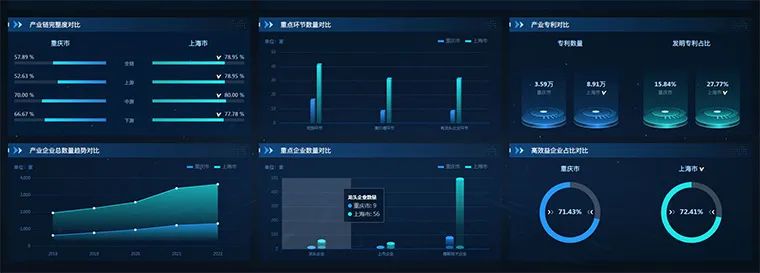 -Think Tank Expert Review Meeting Site-
-Think Tank Expert Review Meeting Site-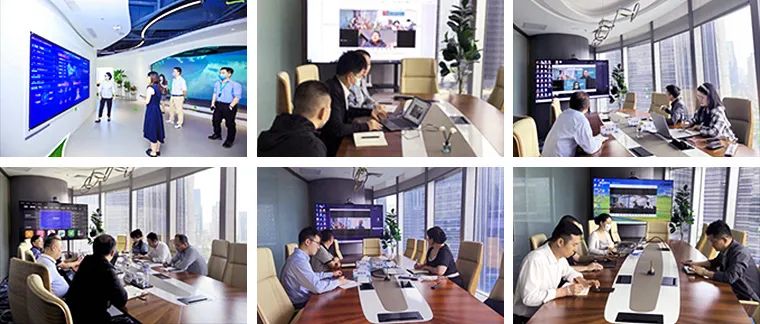 -Honor Qualifications-
-Honor Qualifications-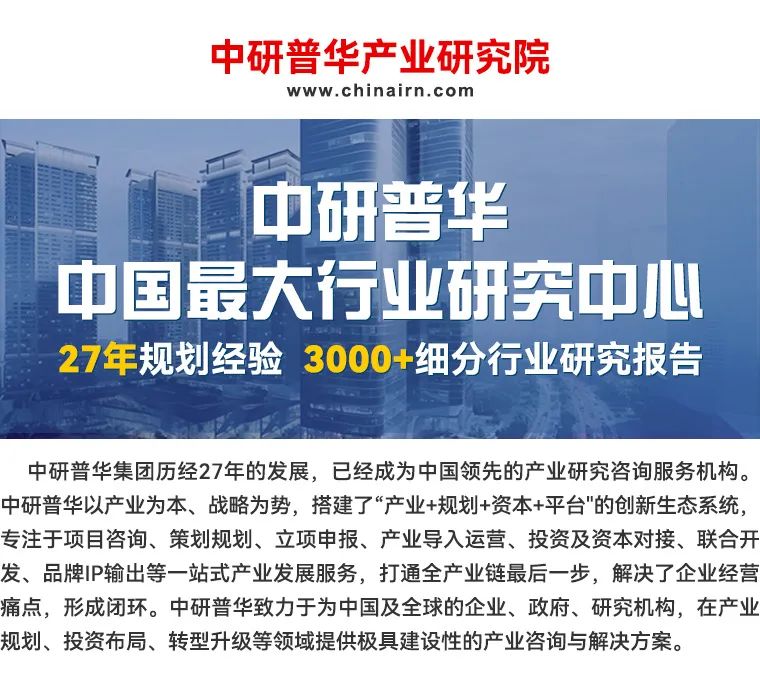

 |
 |
 |
 |
 |
 |
Service types include but are not limited to:
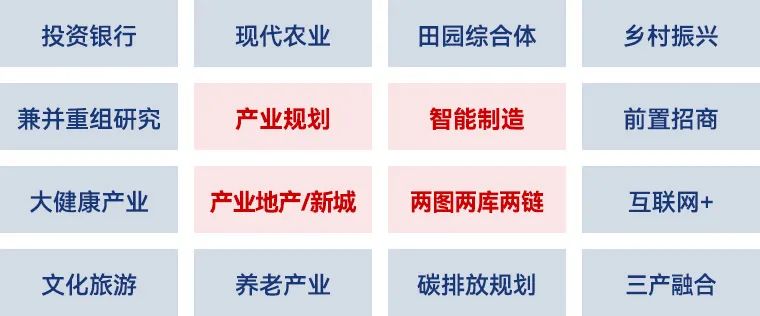 Service types include but are not limited to:
Service types include but are not limited to: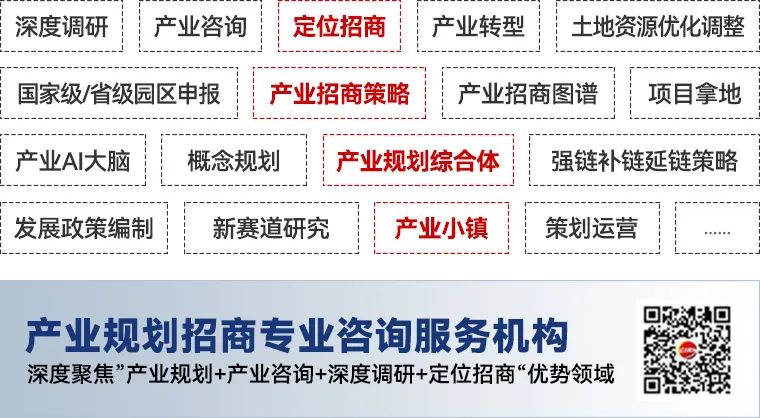

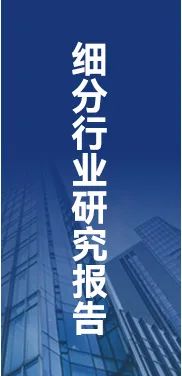 |
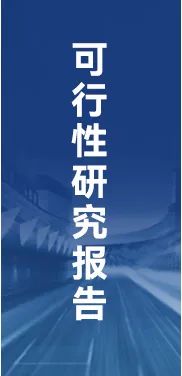 |
 |
 |
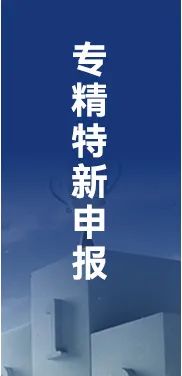 |
 |
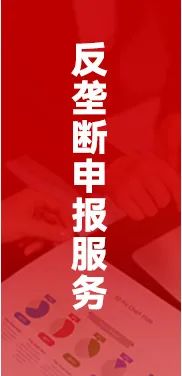 |
 |
More understanding of the industry through a technology-based decision-making think tank



Making decisions more robust and investments safer